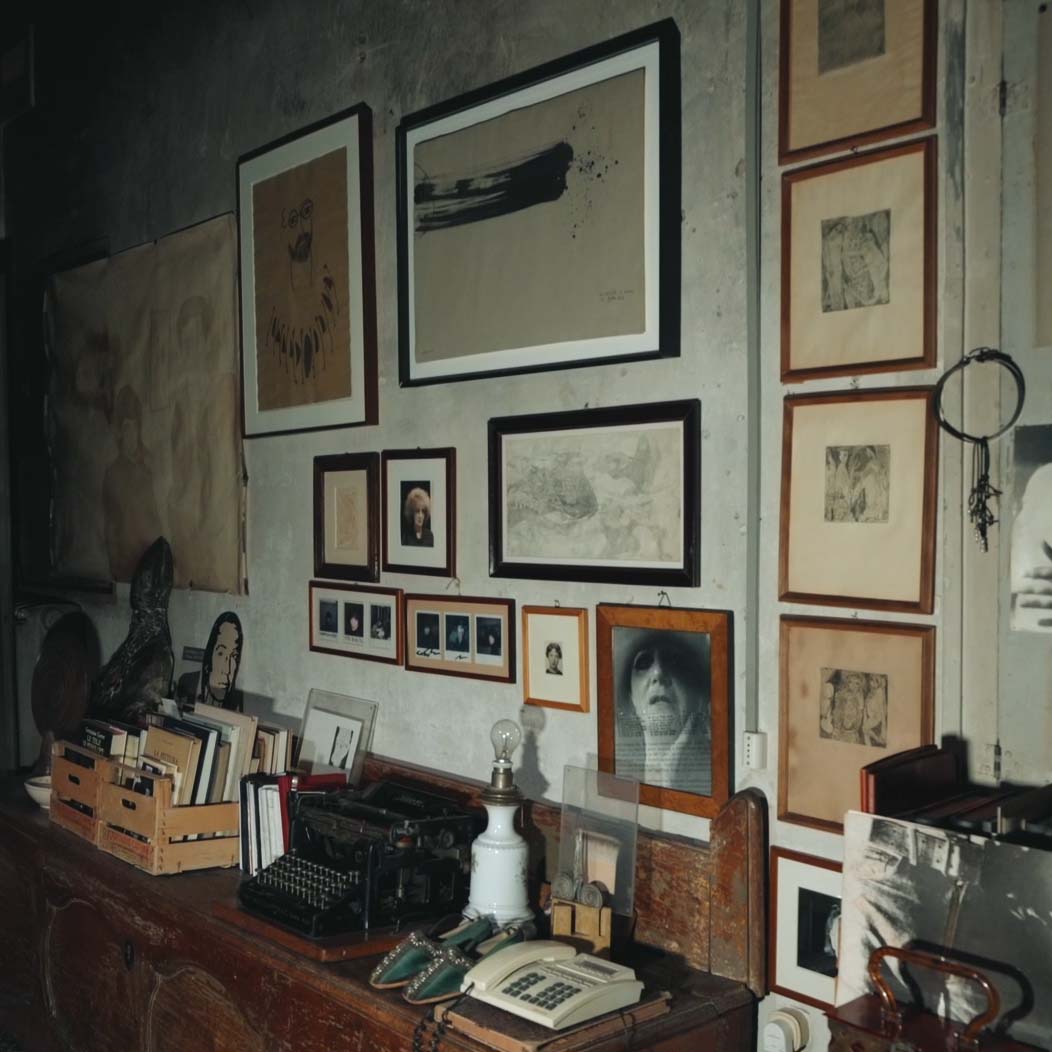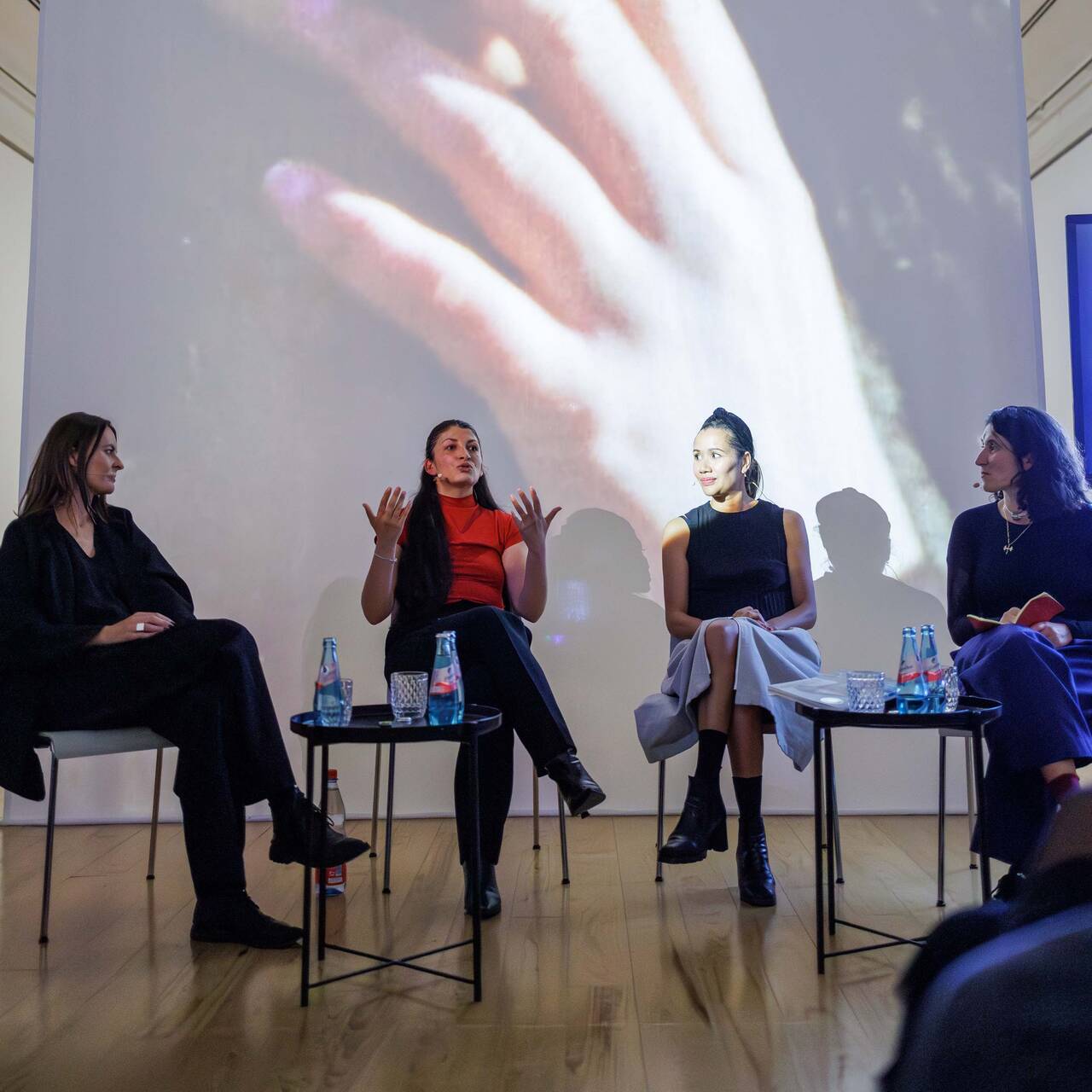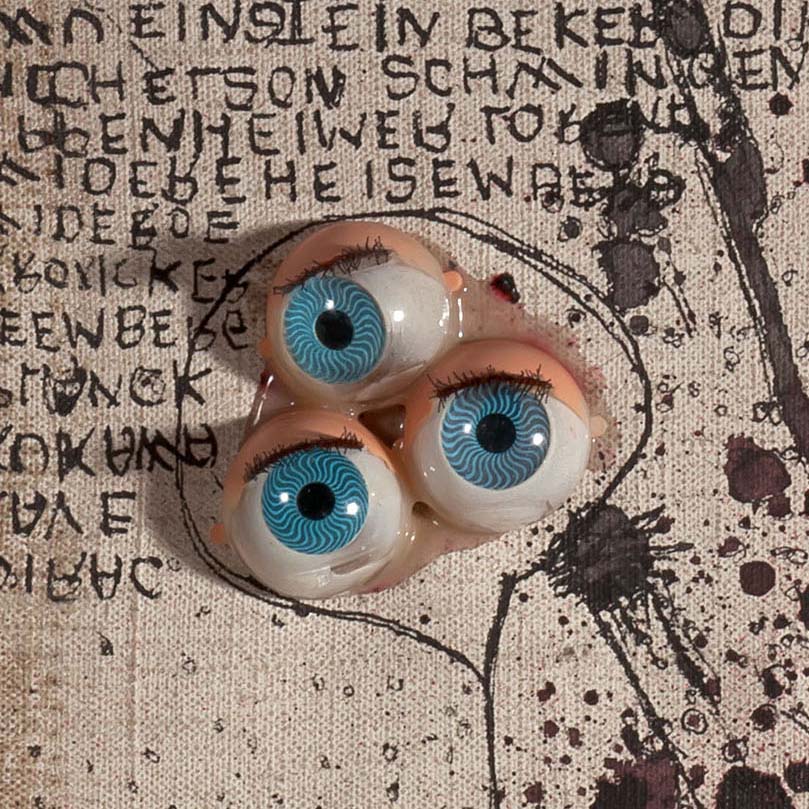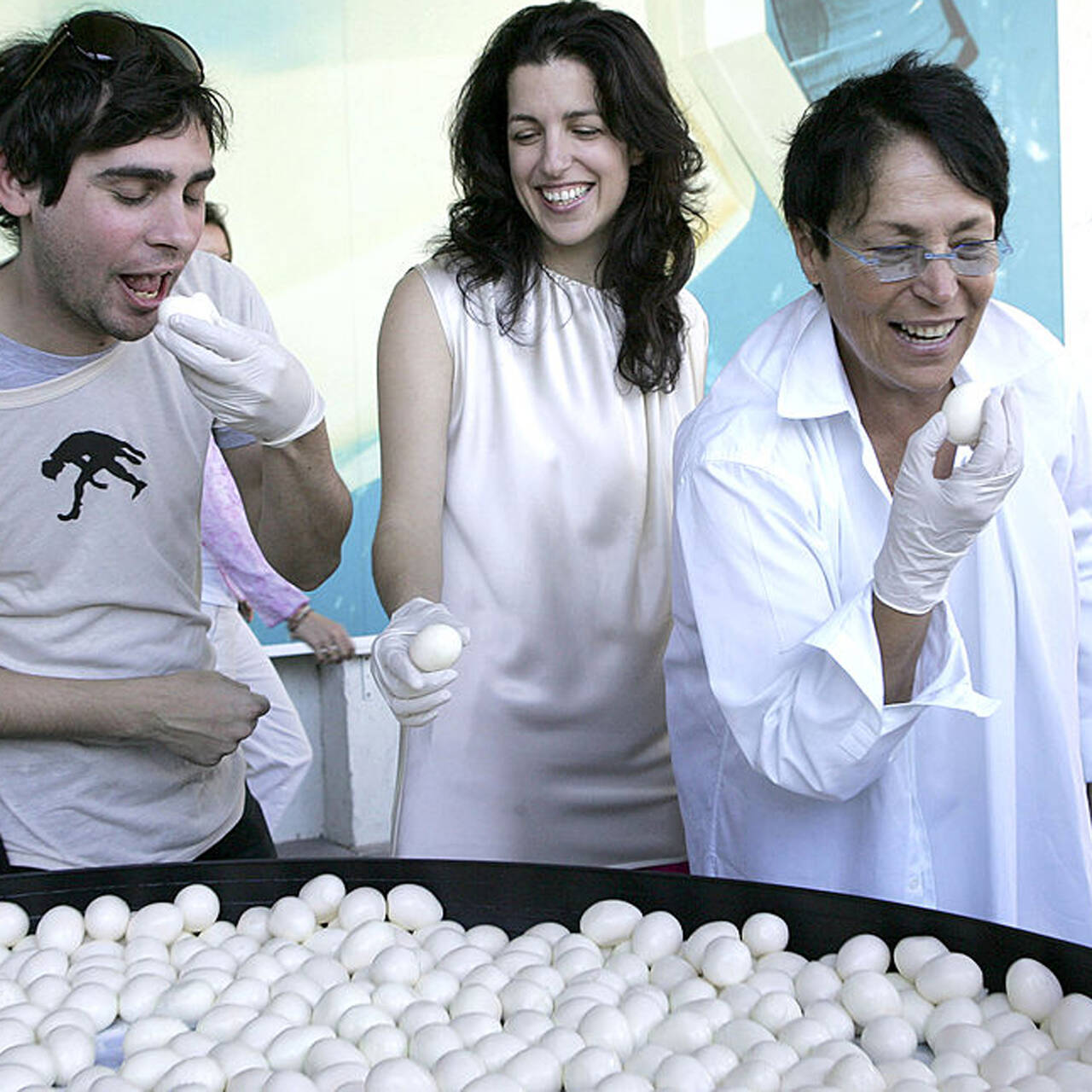In order to avoid gender clichés, Marie Čermínová adopted the artist name Toyen – inspired by the French word “citoyen” for citizen.
“She unites gentleness with eccentricity, ingenious charm with bizarre imagination, pure form with magical improvisation,” wrote Czech Surrealist Vítězslav Nezval 1925 about Marie Čermínová. At the time the artist, born 1902 in Bohemia, had already discontinued studying at the Academy of Arts, Architecture and Design in Prague, severed ties to family, and adopted the gender-neutral professional pseudonym Toyen, probably inspired by the French word “citoyen” for citizen.
In the Czech language not only the first name but also the ending of the surname denotes a person’s gender, and the artist felt too restricted by the constraints, expectations and obligations one was confronted with as a woman at the beginning of the 20th century. After all, they were difficult to avoid. When speaking Czech Toyen only ever used the masculine singular form.
In 1923, Toyen became a member of Devětsil, a group of avant-garde intellectuals, and initially painted pictures inspired by Cubism featuring geometric forms and subdued colors, before turning to primitivist subjects: Paintings with clowns and acrobats that resemble children’s paintings and simultaneously contain the first hints of the erotic humor for which Toyen would became notorious in later decades. When the artist moved to Paris in 1925 with Czech Surrealist artist and author Jindrich Štyrský, Toyen’s partner, they had already jointly developed their own personal art movement that they called Artificialism.

Originally, this term was coined by psychologist Jean Piaget. He also used it to describe the stage of childhood development when objects but also elements such as earth and water are seen as having been made by a human being. By contrast, in the Artificialism of Toyen and Štyrský the focus was on the merging of poetry and painting. Their abstract paintings, sometimes featuring paint mixed with sand before being applied to the canvas, were initially intended to arouse emotions without the need to resort to something concrete. As early as the end of 1925, works by the two artists were shown in the exhibition “L’art d’aujourd’hui” alongside works by Max Ernst, Paul Klee and Joan Miró.
Toyen was initially skeptical about Surrealism
Toyen was initially skeptical about Surrealism, a movement called in to being by André Breton, and which he claimed offered a kind of “super-reality” or surreality: For example, by incorporating consciousness and the unconscious, Breton sought to liberate humanity from the overly cerebral state of reason, and open up a new level of perception. Initially, most of the women only managed to be accepted in the Paris Group as muses or assistants. It was only from the early 1930s onwards that they took the stage with work of their own; Toyen, by contrast, quickly became a respected member of the Paris Surrealists.

Recurring features in Toyen’s work are clearly outlined objects or figures set against an abstract background that seem to act as intermediaries between reality and dream world or slowly dissolve in it. Cracked eggs and eyeballs, shells, stones and spheres and repeatedly the corset that women allow themselves to be bound up by both literally and figuratively. These motifs themes to the artist’s exploration of key topics of Surrealism including violence and death, fear, desire, gender identities and eroticism and ultimately also Sigmund Freud’s interpretation of dreams.
Above all the drawings and paintings with their subtle and explicit erotic connotations that Toyen had already begun in Paris, a metropolis also considered liberal in sexual matters at the time, now accounted for an ever larger proportion of the artist’s work.

Shortly after returning to Prague the artist contributed illustrations to the magazine Erotická revue that Toyen and Štyrský published and also submitted erotic drawings for the new edition of Heptaméron, the short stories by Queen Margarete de Navarre dating from the 16th century. However, the most famous commissioned works that walk a fine line between aesthetic eroticism and pornography are the drawings for the novel Justine by Marquis de Sade which Štyrský translated into Czech.
Interest in sexuality and eroticism had increased among the Surrealists
In the 1920s and 1930s, there was a growing interest amongst Surrealists in sexuality, eroticism and pornography; they were fascinated by de Sade’s texts that address violence and the unbridled gratification of drives. Toyen’s illustrations of the story, which revolves around sexual abuse, violence and murder depict delicate female figures dancing on a phallus, exposed sexual organs, bloody welts and tear-smeared faces. In other hand-colored drawings by Toyen the phallus also takes on a central role, in some cases as a powerful instrument of suppression against which women must defend themselves, in others as an object of female desire and longing.

It was an era of very liberal and risqué depictions even for a decade that took such a delight in experiments: To avoid censure in Czechoslovakia explicit erotic publications and magazines could often only be acquired privately.
Finally, in 1934 Toyen joined up with other artists to form the Czech Surrealist group in Prague, networked it with the circle of artists in Paris and collaborated closely with the latter until the artist was compelled in World War II – when Surrealism was labeled “degenerate” – to interrupt working as an artist for several years. Together with the new partner Jindřich Heisler, who was in hiding in their apartment on account of his being Jewish, Toyen continued to work covertly. Paintings from this period such as “Dangerous Hour”, dating from 1942, showing a bird very similar to the German imperial eagle, clearly reference to the dark period of Prague’s occupation by the Nazis.

When the Communist Party assumed power in Prague in 1948, Toyen and Heisler finally withdrew to Paris; from this time onwards, the artist focused even more strongly on the contrast between the omnipresence of the woman as an object of yearning in advertising and television and simultaneously her disadvantaged position in society. Accordingly, the painting “Paravent” (1966) alternates between erotic femme fatale, who level with her pudendum has the face of a feline predator and a female contour pushed back into the shadow of a male figure.
Until last the sexualization of the female and its ironic depiction remain central topics in Toyen’s collages and paintings. Larger-than-life sized mouths gape in small women’s faces, blurred silhouettes of bodies reveal only the secondary sexual characteristics. Toyen is fascinated by the topic of the physical up until old age: The estate revealed eyes, mouths, arms and legs, cut out of newspapers as well as numerous photocopies of nudes.










